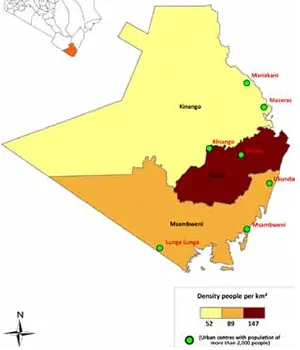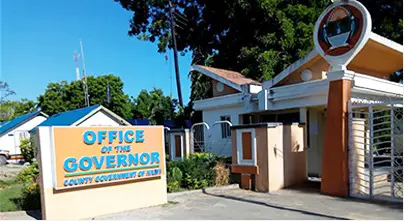If you’ve ever dreamed of exploring a destination that combines breathtaking coastal beauty with vibrant culture and history, then look no further than Kwale County. Situated on the eastern coast of Kenya, Kwale County is an enchanting region renowned for its stunning beaches, lush forests, and diverse wildlife. Whether you’re seeking thrilling water sports, captivating cultural experiences, or simply a tranquil escape in nature, Kwale County has something to offer every traveler. Embark on a journey of discovery as you immerse yourself in the rich heritage, stunning landscapes, and warm hospitality of this hidden gem in East Africa.
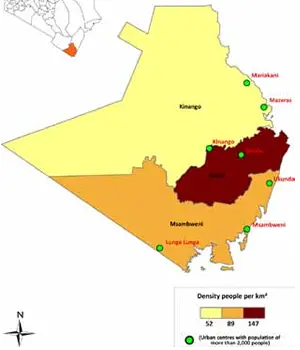
This image is property of kwalecountygov.com.
Location
Geographical location
Kwale County is located in the southern part of Kenya, along the country’s coastline. It is situated between the latitudes 3°34′ and 4°23′ South and longitudes 38° 15′ and 39° 34′ East. The county covers an area of approximately 8,270 square kilometers and is bordered by Taita-Taveta County to the north, Kilifi County to the northeast, and the Indian Ocean to the southeast.
Neighboring counties
Kwale County shares borders with several other counties in Kenya. To the north, it is bordered by Taita-Taveta County, which is known for its scenic landscapes and wildlife. To the northeast, Kwale County is adjacent to Kilifi County, which is famous for its beautiful beaches and historical sites. To the south, it is bordered by the Indian Ocean, offering stunning coastal areas and marine attractions.
History
Pre-colonial era
In the pre-colonial era, Kwale County was home to various tribal communities, including the Digo, Duruma, and Giriama. These communities had their own unique cultures and traditional practices. They primarily relied on fishing, farming, and trade for their livelihoods.
Colonization period
During the colonization period, Kwale County, along with the rest of Kenya, fell under British rule. The British influence brought significant changes to the region, including the introduction of cash crops like coconut and cashew nuts. The colonial administration also established administrative structures and infrastructure, which laid the foundation for modern-day Kwale County.
Independence and post-independence
Kenya gained independence from British colonial rule in 1963, marking a significant turning point in Kwale County’s history. Since then, the county has experienced various developments and challenges. Efforts have been made to promote local governance, improve infrastructure, and enhance the socio-economic well-being of the residents.
Government
Administrative divisions
Kwale County is divided into six administrative divisions: Kwale, Msambweni, Kinango, Matuga, Lunga Lunga, and Msambweni. Each division is further sub-divided into wards, which are represented by elected ward representatives.
County leadership
The county government of Kwale is headed by a governor, who is elected by the residents. The governor, together with the county executive committee, is responsible for the management and administration of the county’s affairs. They work towards improving service delivery, promoting economic development, and ensuring the overall well-being of the residents.
Political representation
Kwale County is represented in the national government by elected members of parliament. These members advocate for the interests and needs of the county at the national level. Their role is to ensure that Kwale County’s voice is heard and its development needs are addressed.
Culture and Ethnicity
Ethnic groups
Kwale County is home to various ethnic groups, each with its own unique culture and traditions. The major ethnic groups include the Digo, Duruma, Giriama, and Kamba. These communities have preserved their cultural heritage through art, music, dance, and traditional ceremonies.
Languages spoken
The primary languages spoken in Kwale County are Digo, Duruma, and Giriama. Swahili and English are also widely spoken, especially in urban areas and among the educated population. The diversity of languages reflects the rich cultural tapestry of the county.
Traditional practices
Traditional practices play a significant role in the daily lives of the residents of Kwale County. These practices include traditional healing, initiation ceremonies, and rites of passage. They are deeply rooted in the communities’ beliefs and are seen as a way to connect with their ancestors and preserve their cultural identity.
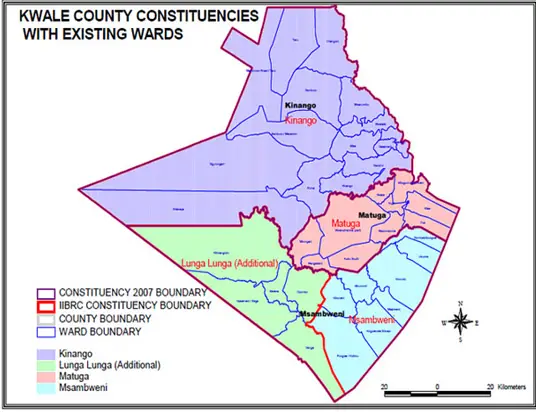
This image is property of kwalecountygov.com.
Economy
Main economic activities
The economy of Kwale County is predominantly agrarian, with agriculture being the main source of livelihood for the majority of residents. Cash crops such as cashew nuts, coconut, and mangoes are grown, along with subsistence crops like maize, beans, and cassava. Livestock keeping, fishing, and small-scale businesses also contribute to the economy.
Tourism
Kwale County has immense tourism potential, thanks to its beautiful beaches, cultural heritage, and wildlife. Visitors can enjoy the pristine white sandy beaches along the coastline, explore historical sites and monuments, and experience the vibrant local culture. Tourism provides employment opportunities for the local population and contributes to the county’s revenue.
Agriculture
Agriculture plays a crucial role in Kwale County’s economy. The fertile lands and favorable climate support the cultivation of various crops, including cashew nuts, coconuts, mangoes, and subsistence crops. The county government has been working to promote modern farming techniques, provide access to markets, and enhance value addition to agricultural products.
Mining
Kwale County is rich in mineral resources, with significant deposits of titanium. The mining industry, particularly titanium mining, has contributed to the county’s economic growth. It has provided employment opportunities and tax revenue, contributing to local development. However, the mining industry also poses environmental challenges and the need for sustainable practices.
Infrastructure
Transportation
Kwale County has a network of roads that connect its various towns and villages. The main highway, the Mombasa-Lunga Lunga Road, runs through the county, linking it to other parts of Kenya. Public transport, in the form of buses and Matatus (minibusses), is readily available for both short and long-distance travel. The county also has an airport, Ukunda Airstrip, which serves as a hub for domestic flights.
Education
Kwale County has made significant strides in improving access to education for its residents. The county government, in collaboration with national and international partners, has invested in the construction of schools, provision of teaching materials, and enhancement of the quality of education. Efforts have also been made to promote adult education and vocational training to empower the local population with skills for employment.
Healthcare
Access to healthcare services has improved in Kwale County, with the establishment of hospitals, health centers, and dispensaries across the county. The county government has invested in healthcare infrastructure, medical supplies, and trained personnel to provide quality healthcare services to the residents. Efforts are ongoing to strengthen the healthcare system and address the healthcare needs of the population.
Water and sanitation
Access to clean water and improved sanitation remains a challenge in some parts of Kwale County. The county government has been working towards improving water supply through the construction of water dams, boreholes, and water treatment plants. Sanitation efforts include the construction of public toilets and the promotion of hygiene practices to enhance the well-being of the population.
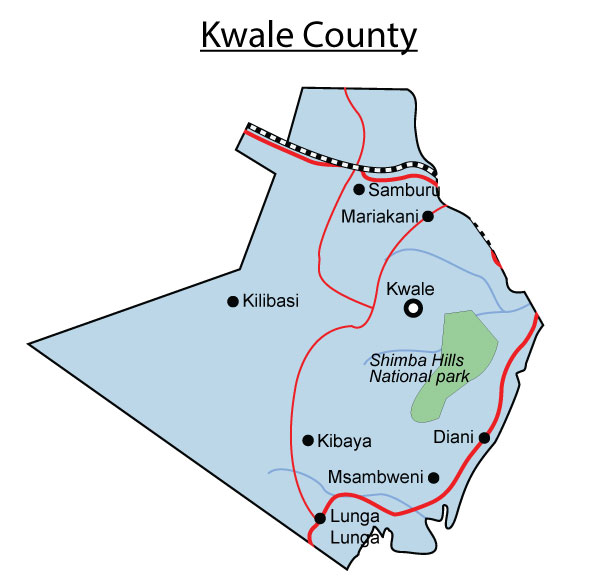
This image is property of elimufeynman.s3.amazonaws.com.
Tourist Attractions
Beaches and Coastal areas
Kwale County boasts beautiful beaches along the Indian Ocean coast, attracting both local and international tourists. Diani Beach, Tiwi Beach, and Shimoni Beach are among the popular destinations known for their pristine sandy shores, turquoise waters, and water sports activities. Visitors can relax, soak up the sun, or engage in activities like snorkeling, diving, and deep-sea fishing.
Shimba Hills National Reserve
The Shimba Hills National Reserve is a key attraction in Kwale County. It is a protected area that is home to various wildlife species, including elephants, giraffes, buffaloes, and a rich diversity of birds. Visitors can enjoy game drives, nature walks, and guided hikes to experience the unique flora and fauna of the reserve. The Shimba Hills also offer breathtaking views of the surrounding landscapes.
Mbulia Conservancy
Mbulia Conservancy is another must-visit destination in Kwale County. It is a private conservancy that focuses on wildlife conservation and community development. Visitors can engage in activities like game drives, guided walks, and bird watching. The conservancy also offers opportunities for cultural exchanges with the local communities, providing a deeper understanding of the region’s heritage.
Challenges and Development
Poverty
Despite progress in recent years, poverty remains a challenge in Kwale County. The county government, in partnership with development organizations and stakeholders, has implemented poverty alleviation programs aimed at empowering communities economically. These programs include skills training, microfinance initiatives, and support for small-scale businesses. Efforts are ongoing to address the root causes of poverty and improve the living standards of the residents.
Infrastructure development
While Kwale County has made significant strides in infrastructure development, there is still a need for improvement. Some areas lack adequate road networks, electricity connectivity, and access to clean water. The county government is working towards bridging these gaps, with the construction and rehabilitation of roads, expansion of electricity networks, and the provision of water supply infrastructure.
Access to healthcare and education
Although access to healthcare and education has improved in Kwale County, there are still challenges, especially in remote areas. Some communities lack access to quality healthcare facilities and face barriers in accessing education. Efforts are being made to improve healthcare provision, including the recruitment and deployment of health workers to underserved areas. Additionally, the county government is investing in the construction and equipping of schools to increase access to education for all.

This image is property of mediaim.expedia.com.
Environmental Conservation
Efforts and initiatives
Kwale County is committed to environmental conservation, recognizing the importance of preserving its natural resources. The county government, together with conservation organizations, has initiated various programs to promote sustainable practices and raise awareness about environmental conservation. These initiatives include tree planting campaigns, waste management programs, and community education on sustainable agriculture and fishing practices.
Conservation areas
Kwale County is home to several protected areas, including Shimba Hills National Reserve and Mbulia Conservancy. These conservation areas play a crucial role in the preservation of biodiversity and wildlife habitats. The county government, in collaboration with conservation partners, has implemented measures to ensure the sustainable management of these areas, while also providing opportunities for eco-tourism and community engagement.
Conclusion
Summary of Kwale County
Kwale County, located in the southern part of Kenya, is a vibrant and diverse region with a rich cultural heritage, stunning coastal landscapes, and a commitment to sustainable development. The county’s history, government administration, and ethnic diversity reflect the progress and challenges it has faced over the years. The economy of Kwale County is driven by agriculture, tourism, and mining, with efforts being made to address poverty and enhance infrastructure development.
Future prospects and challenges
Kwale County has tremendous potential for growth and development. Continued investment in infrastructure, education, healthcare, and environmental conservation will be crucial for its long-term development. The county government, in collaboration with development partners, is working towards addressing the challenges of poverty, access to healthcare and education, and ensuring sustainable economic growth. The future of Kwale County looks promising, as it strives to create a vibrant, inclusive, and prosperous region for its residents and visitors alike.
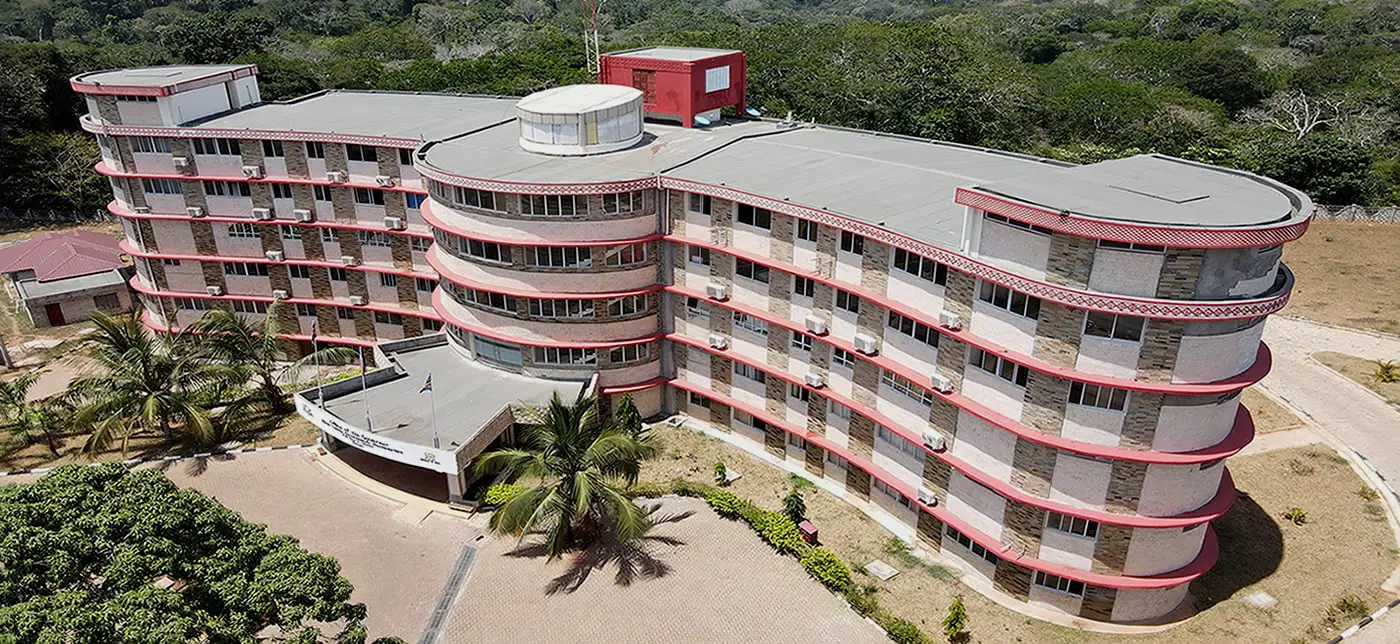
This image is property of kwalecountygov.com.

